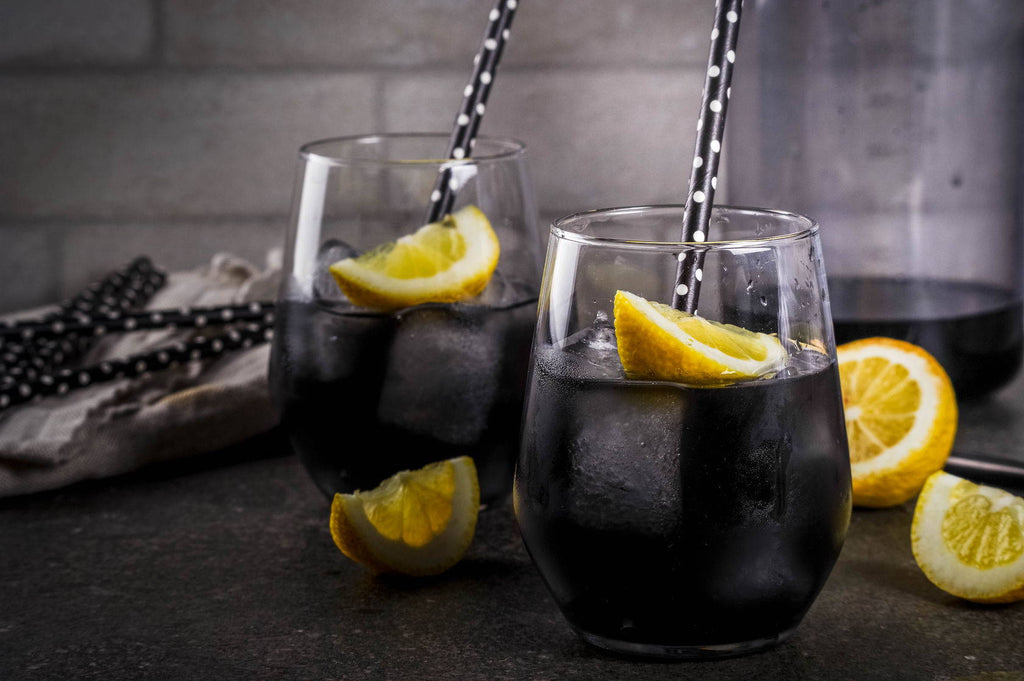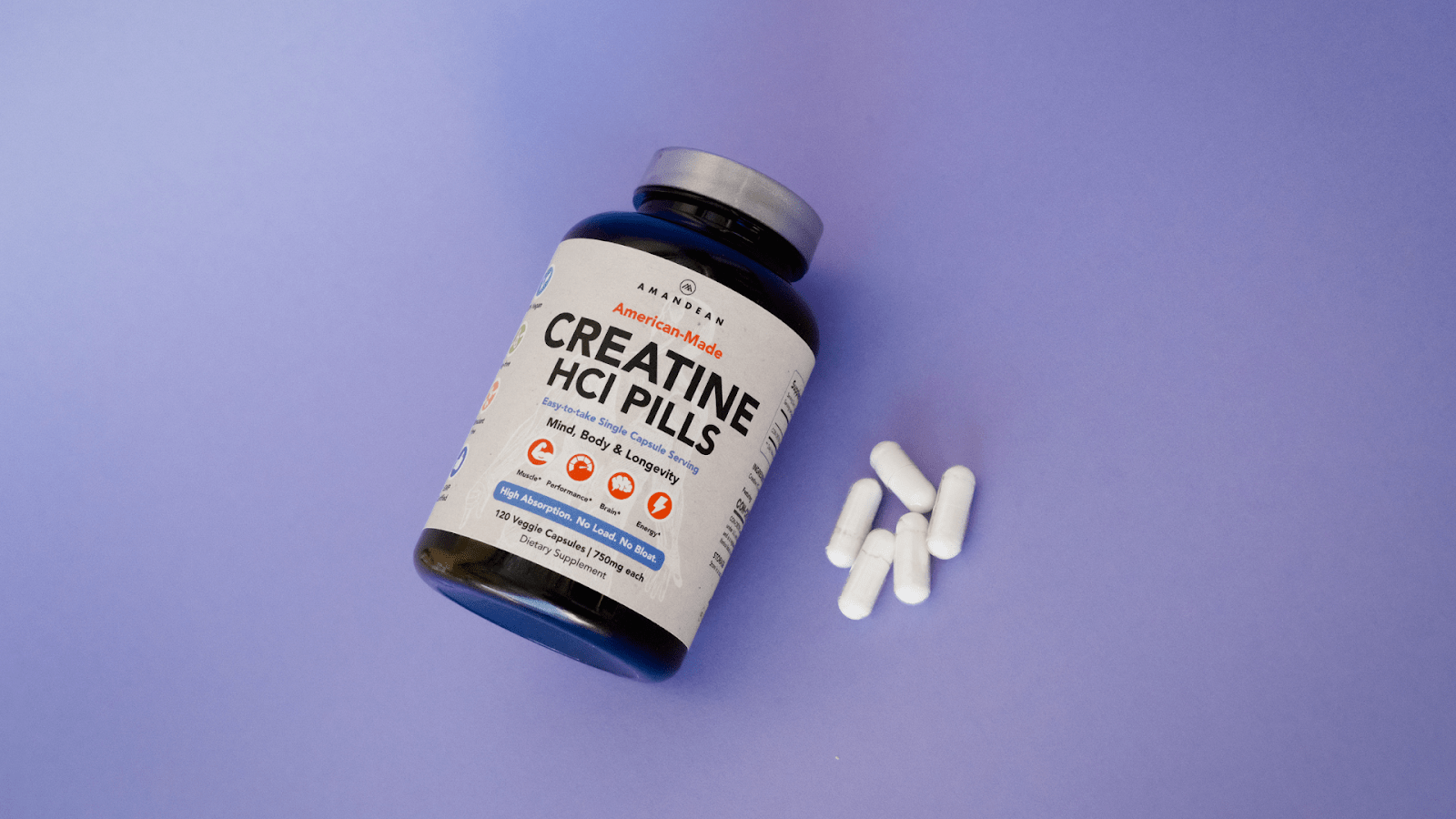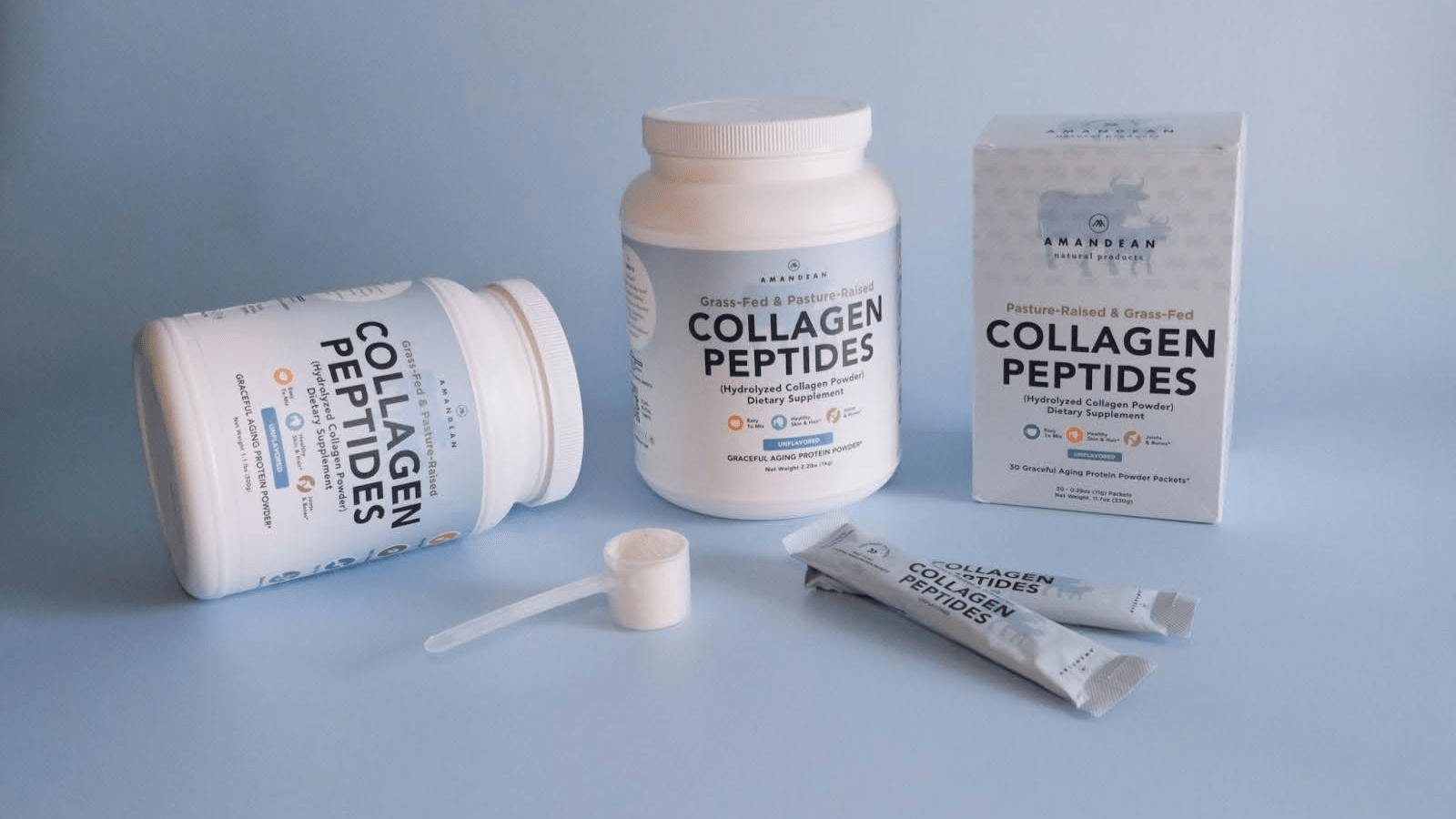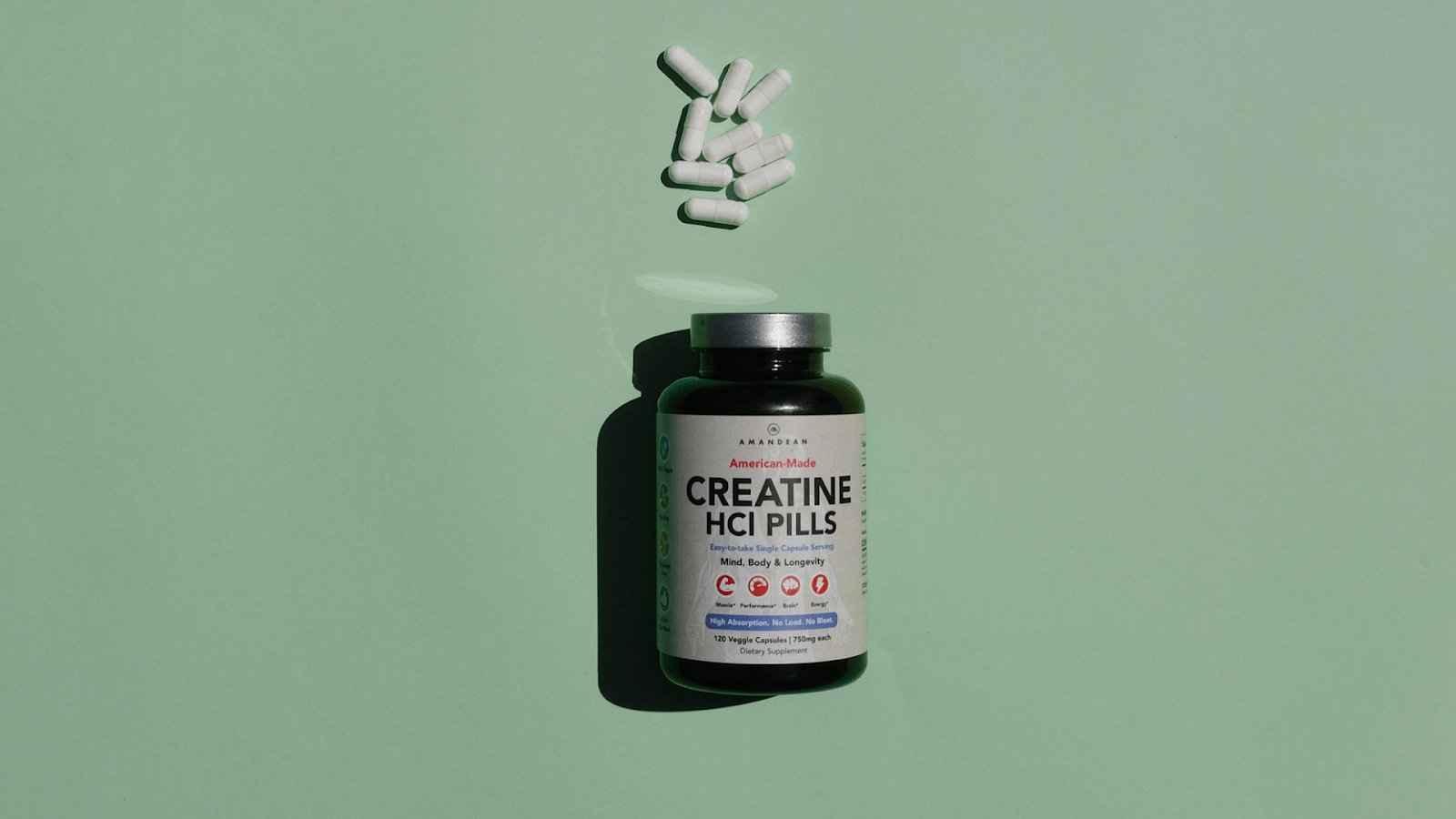Your Cart is Empty

December 06, 2018 11 min read
In recent years, we have witnessed the rise and fall of so many diet and fitness trends that it almost leaves me dizzy! Some of my favorites include The South Beach Diet, The Zone Diet, The Mediterranean Diet, The Juice Cleanse Diet (seriously, no solid foods for 9 days?!), The Baby Food Diet, The Vision Diet (eating everything wearing blue-tinted glasses), The Shangri-La Diet, and my all-time favorite, The Dessert For Breakfast Diet. You can imagine what that one is all about.
On the fitness side of things, we’ve seen a trend towards making traditional fitness classes more creative and fun, and sometimes just plain bizarre! Think Animal Yoga, Karaoke Spin Classes, Twerk Werks (Twerking aerobically for an hour at a time) Squad Workouts, AntiGravity Pilates, and Bungee Cardio.Hey, I’m up for trying anything once as long as I don’t get permanently stuck in a suspended downward dog pose.

Above: Activated Charcoal Lemonade is touted as the new Kale Smoothie in 2019
Among the plethora of exercise and diet plans out there that promise to revolutionize everything from your weight to the shape of your elbow (Just kidding, the elbow diet is out next year;), there are a two in particular that have proven to have more staying power than others: The mighty Ketogenic (Keto) Diet and The Paleolithic (Paleo) Diet.
Now, you may be wondering what is the difference between the two, and what is the suitability of each of these two regimes for your particular goals. Today, we will focus precisely on the ways that Paleo & Keto diets differ, as well as an important mutual aspect of both - protein supplementation with Wild -Caught Marine Collagen Peptides.
The world-famous paleo diet is, in fact, based on the prehistoric roots of the humankind, which makes it quite unique and does a good job of selling its credibility. If those lean, mean cavemen were paleo there must be somethin’ to it! Also known as the caveman diet, Stone Age diet, and hunter-gatherer diet, paleo advocates go back to the basics of nutrition and focus only on consuming foods that could be hunted or gathered by our ancestors thousands of years ago.
So, what is it that people in the Paleolithic Era indulged in anyway? Does this mean you have to eat dirt? Not quite. Their nutrition consisted of the foods that were available to them at the time: lean meats, fish, fruits and vegetables, nuts, and seeds. The foods that emerged with the development of civilization, farming, and food processing, including grains, legumes, dairy products, and of course processed foods, are excluded from the paleo diet.

Above: Orange-Chicken Paleo Recipe FromDeliciously Organic
When it comes to the health benefits of this type of diet, a study conducted by Osterdahl M. et al. found that the paleo diet led to both weight-loss and an increase in energy. Furthermore, a study focused on the beneficial effects of the paleo diet concerning cardiovascular risks in type 2 diabetes concluded that the “paleolithic diet improved glycemic control and several cardiovascular risk factors”. Another study on the positive effects of a paleo diet published in 2009 found that the diet “improves BP and glucose tolerance, decreases insulin secretion, increases insulin sensitivity and improves lipid profiles”.
The ketogenic (keto) diet seems to be just as popular, if not even more prolific, as the paleo diet. Keto is a diet that excludes carbohydrates almost entirely (depending on the type of diet and the needs of the individual), and it encourages a significant intake of healthy fats. In fact, the philosophy of the keto diet revolves around swapping carbs for healthy fats, which ultimately leads to a metabolic state known as ketosis. What happens in ketosis is this: First, you turn into a unicorn (not really). No, first, is that the body starts utilizing fat as the body’s primary source of energy, instead of carbohydrates, which usually results in weight loss, according to a 2003 study.

Important to remember is that there are different types of Keto diets. It’s not one-size-fits-all like your favorite sweater dress. Specifically, the intake of carbs and proteins varies. However, all of them are concentrated on maintaining a high level of fat intake. Foods to be avoided or simply eliminated from your diet when you’re on a keto diet include all sugary foods, low-fat (“diet”) products which are usually highly processed; grains or starches, most fruit, beans and legumes, root vegetables, and sauces that contain unhealthy fats, and alcohol.
The keto diet has been shown to reduce sugar and insulin levels, and increase ketones which have numerous therapeutic effects. For instance, in cases of free radical damage and hypoxia, according to a study on the therapeutic implications of ketone bodies, and a separate study by Fukao T., the keto diet has also been found to reduce the appetite and create a feeling of fullness, thus leading to weight loss, a study conducted in 2008 finds. In comparison to low-fat diets which entail significant calorie restriction, the keto diet proved to be 2.2 times more effective when it comes to weight loss, a randomized trial by Brehm B.J. et al. confirmed.
Take our quiz and find which supplements your body is craving.

Despite their approach, there are many similarities between the two diets. In both paleo and keto, whole foods are emphasized, as opposed to processed foods. Both paleo and keto regimes advocate the benefits of minimally processed (favorably organic) foods. Moreover, on the list of foods to be avoided there are grains and legumes in both regimes, as they are believed to contain antinutrients (compounds which compromise the body’s ability to absorb nutrients and minerals). Also, in both of these diets, there is a pretty strict policy around sugar(especially processed): It’s not allowed, so tricky if you have a sweet tooth!. For both, healthy fats are encouraged.
When it comes to the aspects in which they differ, a fundamental difference between the two would be the fact that paleo diet is based on the premise that, when it comes to food, we should go back to the basics, while keto diet is based on macronutrients. In addition, when it comes to paleo, it is, in fact, a broader concept than just a diet, since Paleo encompasses a particular philosophy. You might have heard cross-fitters talk about it as a Paleo Lifestyle, which entails short, but intense periods of physical activity, HeathLine.com reports. What’s more, a paleo-inspired lifestyle also encourages activities such as yoga and meditation since it addresses mental health as well.
The keto diet is much more focused, concentrating strictly on the nature and role of macronutrients, which isn’t the case with paleo. For followers of the ketogenic diet, the main focus is on macronutrient distribution, whereas the lifestyle factor (a big part of the paleo ideology) usually isn’t included. Therefore, any lifestyle changes you may or may not implement are completely up to you and not part of the keto regime, which is why keto is considered more of a diet than a lifestyle.
Another key difference between these two popular regimes is the carb intake. While the exclusion of carbs is the staple of the keto diet, certain whole-food sources of carbs (fruits and vegetables) are allowed while on paleo. Furthermore, while keto does allow high-fat dairy products and chosen soy-based foods (such as tofu and soybeans), paleo is very strict when it comes to this group of nutrients. They are not allowed in any shape or form.
Despite the difference between the two diets, what they share are the numerous health benefits, as well as widespread success when it comes to weight-loss. The choice between the two regimes is entirely up to the individual, their food preferences, and of course their goals. However, no matter which diet you opt for it would be a good idea to consider including a high-bioavailabilitycollagen protein source as part of your daily diet. If you’re interested to learn how an anti-aging collagen supplement can minimize the unpleasant symptoms of starting the paleo or keto diet, and maximize their positive results keep reading.
Collagen is literally the glue that holds the structure of our bodies together. It is, therefore, a structural protein, naturally present and produced in our bodies and a key ingredient for the maintenance of our optimal health. Collagen is also one of the main components of our muscles, ligaments, tendons, as well as the skin, according to Molecular Cell Biology. While there are numerous types of collagen, a study on the collagen structure finds that type I, II and III make up for 80-90% of the total amount of collagen in the body. So, why do we require an additional supply of collagen if it’s already present in our bodies? As the study on decreased collagen production confirms, the amount of collagen we’re able to manufacture naturally significantly lowers as we age.

Since collagen is essential for so many essential functions in the body, it is of utmost importance to find a clean source which will provide maximum bioavailability. Non-GMO Marine Collagen Peptides powder is type I & III collagen sourced from wild fish from pristine waters of the North Atlantic. It is made from the skins of the fish that are usually thrown away, which makes it a more sustainable product as well. What’s more, Fish Collagen Peptides are hydrolyzed - converted into small particles (smaller in size than any other type of collagen supplement), which are more easily absorbed in humans, and therefore grant maximum bioavailability.
Whether you’ve chosen the paleo lifestyle, or you’re opting for the keto regime, you should have a fat-free fish collagen supplement on your shelf to help maximize your clean protein intake for either diet.

With the exclusion of certain foods in keto and paleo diets, your body may experience a lack of nutrients, which is often manifested through unpleasant symptoms (for instance, the “keto flu”). Premium Marine Collagensupplement can optimize every single aspect of health, making up for the lack of certain nutrients in paleo and keto diets, and maximizing your energy from one day to the next. Discover all-natural paleo-friendly and keto-friendly collagen supplements in our online store!
10.Shoulders, M. D., & Raines, R. T. (2009). Collagen structure and stability. Annual review of biochemistry, 78, 929-58.

October 17, 2025 8 min read
Find out why creatine is better for vegans! Boost your wellness game and unlock peak performance with Amandean's premium supplements today.

October 16, 2025 7 min read
Learn whether collagen in coffee is just another wellness fad. Examine the facts, benefits, and how to use collagen in coffee for beauty and joint support.

September 22, 2025 9 min read
Unlock the full benefits of creatine for women. Boost energy, beauty, and brainpower with Amandean’s clean formulas.